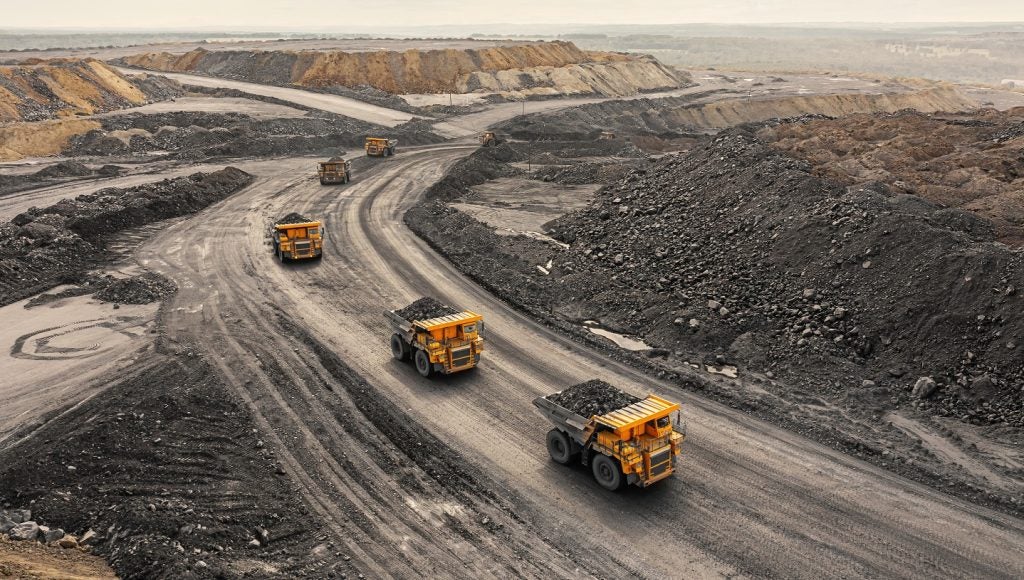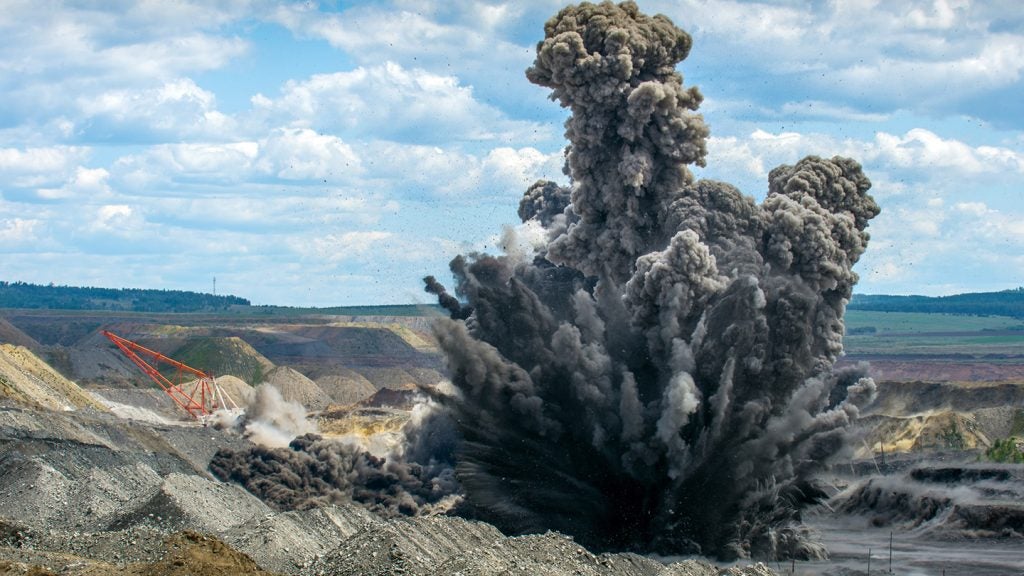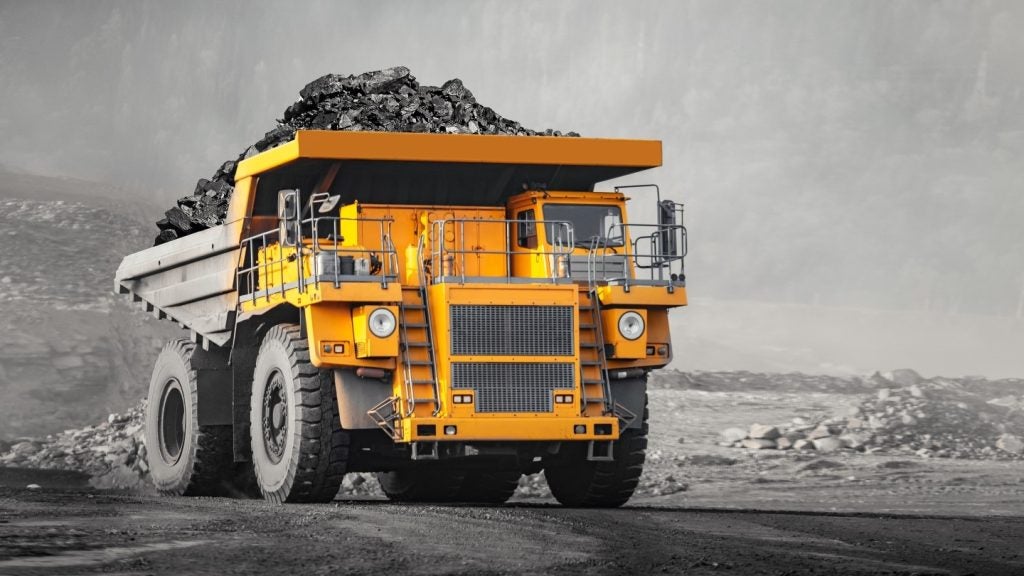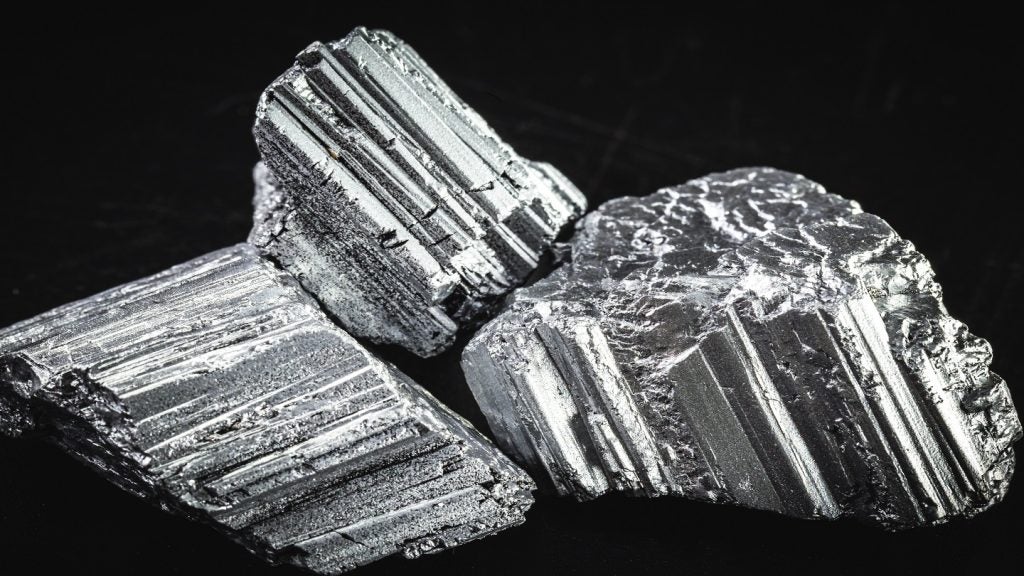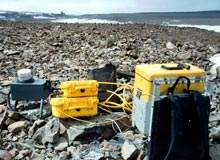
When high-temperature superconductors (HTSs) first emerged some 20 years ago, the technology caused a lot of excitement. Until then it was thought that BCS theory ruled out superconductivity at very high temperatures and it was hailed as such an important discovery that founders Karl Müller and Johannes Bednorz were rewarded with the Nobel Prize in Physics in 1987.
It was such a fundamental technological change that even mainstream press gave it centre stage, with the US’ Time Magazine running the coverline ‘Wiring the Future — The Superconductivity Revolution’. Big things were expected in the fields of electronics, telecommunications and in the medical industries.
Sadly, commercial success for the theory was dogged by a variety of complexities relating to materials and temperatures. This means that only a handful of genuine commercial HTS applications have emerged to date.
Typical of many major breakthroughs in science, one of the most significant applications was discovered quite by accident when Australia’s Commonwealth Scientific and Research Organisation (CSIRO) teamed up with mining giant BHP Billiton to explore the potential for HTSs to detect holes in steel. The initial aim of this was to improve the quality of BHP’s steel products. However, it was only when geophysicists at BHP caught wind of the project that discussions about possible applications in mining began.
Raison d’etre
CSIRO has been working for more than 15 years to develop HTS sensor systems for Transient Electromagnetics (TEM) prospecting.
Buried deposits of minerals such as nickel, gold and silver are of great interest to the mining industry because most of the ore that has been found so far has been on or barely below the surface. But these deposits are typically hard to find because of limitations with conventional magnetic sensors. This is especially evident in Australia where the material above the deposit, or overburden, is often highly conductive. Solving this problem became the new aim for CSIRO.
How well do you really know your competitors?
Access the most comprehensive Company Profiles on the market, powered by GlobalData. Save hours of research. Gain competitive edge.

Thank you!
Your download email will arrive shortly
Not ready to buy yet? Download a free sample
We are confident about the unique quality of our Company Profiles. However, we want you to make the most beneficial decision for your business, so we offer a free sample that you can download by submitting the below form
By GlobalDataIn 2000, the organisation started commercialisation of a solution called LANDTEM, which uses highly sensitive magnetic sensors known as SQUIDS (Superconducting Quantum Interference Devices). These are able to spot the difference between ore and superconductive overburden, even in situations where the ore body is deeply buried.
In the same year, interest in the rf-SQUID sensor technology was heightened when it was successfully used to delineate targets at Falconbridge’s Raglan, Quebec mine site. CSIRO then entered into a contract to build a ruggedised version of the SQUID sensor system for Falconbridge’s use under a rental agreement.
One of the key scientists on the project, CSIRO’s Dr Cathy Foley, says that LANDTEM is revolutionising minerals prospecting in an industry desperate for new discoveries. In less than ten years it has been directly responsible for helping to unearth some $6bn worth of previously undiscovered ore bodies. This is an impressive achievement for something that cost just $4m to develop. Now, companies using the technology are even promoting it as a selling point of their business, says Foley.
“We’ll just come across a website where a mining company will say we are using the SQUID system for doing exploration in an area in the hope to encourage people to buy their shares,” she explains. “It’s really being seen as something as a bit of a step change in the opportunity for mineral discovery.
“It’s the first time a liquid nitrogen cooled superconducting device has been used in a really commercial way anywhere in the world.”
LANDTEM is also helping to make exploration cheaper. In the tricky terrain of northern Quebec, one company reported a 30% reduction in exploration costs. The technology was also used to locate previously undetected large nickel sulphide deposits in Western Australia, while on the Eastern side it played a part in clarifying coil system data at BHP Billiton’s Cannington Silver and Lead Mine in Queensland.
LANDTEM accurately measures the magnetic B-field, rather than the rate of decay of induced eddy currents used by conventional coil systems. Use of B-field sensors for transient electromagnetics has been driven by the need to discriminate the TEM response of highly conductive targets. Examples include nickel sulphide deposits, from either conductive host rocks or the conductive over-burden.
“Induction coils measure the rates of change of magnetic fields, but this misses highly conducting ore bodies,” Foley explains. “The SQUID system, on the other hand, measures ‘magnetic field’ directly so it doesn’t matter if the field is changing.”
SQUID sensors have a potential application for the majority of nickel sulphide surveys conducted within Australia.
New findings
The announcement in 1986 of the discovery of a ceramic material that became superconducting at liquid nitrogen temperatures sparked vast interest. Because of an extensive background in superconductor physics, CSIRO was well placed to participate in researching its properties. In 1989, the CSIRO team began testing two-junction HTS SQUIDs fabricated entirely at CSIRO.
A number of CSIRO SQUID systems have been built and deployed over three continents since 2001. Australian firm, Outer-Rim Developments, has been licensed by CSIRO to manufacture the LANDTEM systems.
While now clearly of massive benefit for the mining industry, Foley recalls that it was hard work initially persuading companies of the technology’s effectiveness.
“It took a lot of convincing of the industry that [LANDTEM] was as effective as we knew it was,” he says.
The organisation recently published the results of a project to determine the effectiveness of SQUIDs at the Raglan Ni-Cu-PGE mine. Raglan sits along the northern tip of the Ungava Peninsula in the Nunavik region of northern Quebec, 65km south of the Arctic coast between Hudson Bay and Ungava Bay and 1,800km north of Montreal.
After conducting tests on the 1040 and Tripod ore lenses, CSIRO found that the moving loop electromagnetic (EM) survey configuration offered the best approach to exploring for Raglan type ore lenses in low resistivity geological environments at depths of less than 100m.
But measuring the step response, while providing the conductance discrimination capabilities needed to detect high-conductance pyrrhotite sulphide targets, lacked the level of signal-to-noise ratio (S/N) required to detect these one million tonne sulphide targets at depths of greater than 100m.
The 1040 ore lens field trials, as well as previous work on SQUID B-field sensors, indicated that the real advantage to using the SQUID lay in the ability to measure the B-field at substantially lower base frequencies while maintaining a good S/N ratio. However, surveying at frequencies of 5Hz or less proved challenging from a production point of view, where readings were taken on the order of 30 minutes per station.
To facilitate this problem, research partner Crone Geophysics developed a new 24-bit receiver capable of taking readings at up to 16 times the rate of the existing Crone receiver.
This new method provided the recording rates necessary to drop the base frequency to less than 5Hz while achieving standard survey level productions.
According to CSIRO, the addition of the SQUID B-field sensor to the standard time domain off-time EM system appears to have been the logical progression towards acquiring better-quality EM results with improved S/N ratio. At the same time it provides the conductance discrimination capabilities needed to detect small, long-time constant (>>10ms), pyrrhotite-hosted, Ni-Cu sulphide targets at depths of greater than 100m.
In 2007, it became an award-winning achievement when CSIRO Materials Science and Engineering awarded the LANDTEM team the CSIRO Medal for Research Achievement.



